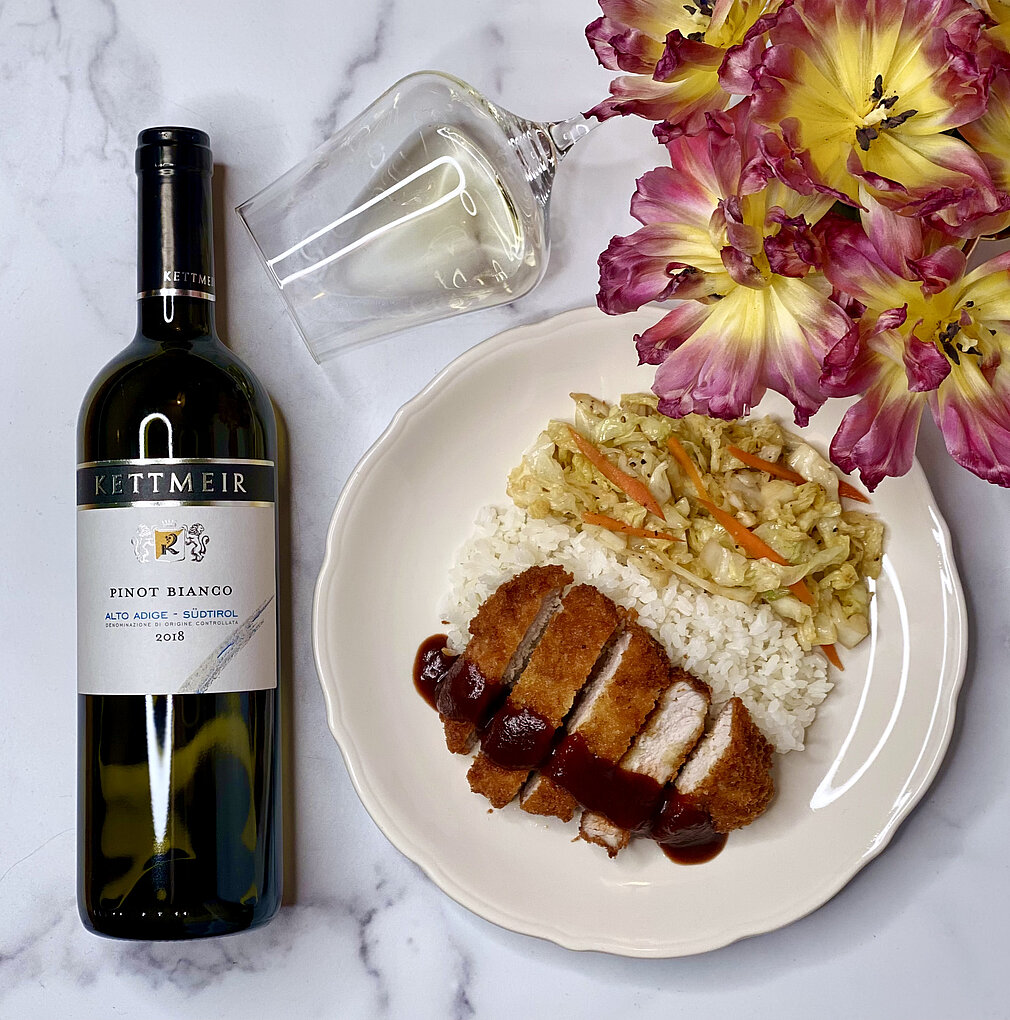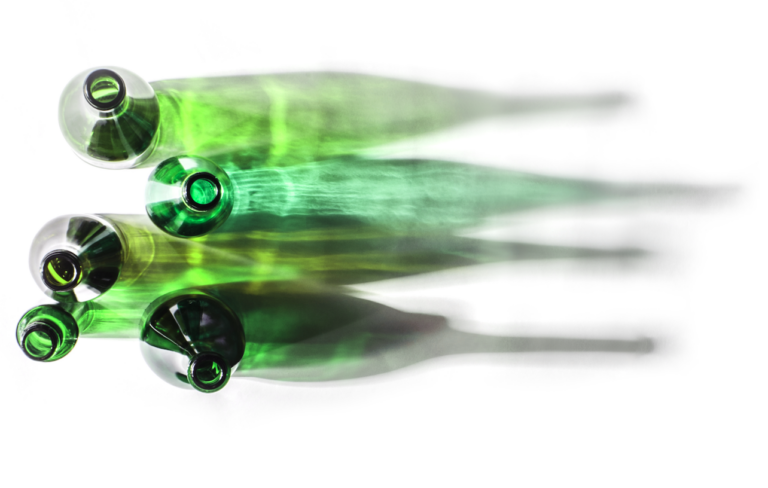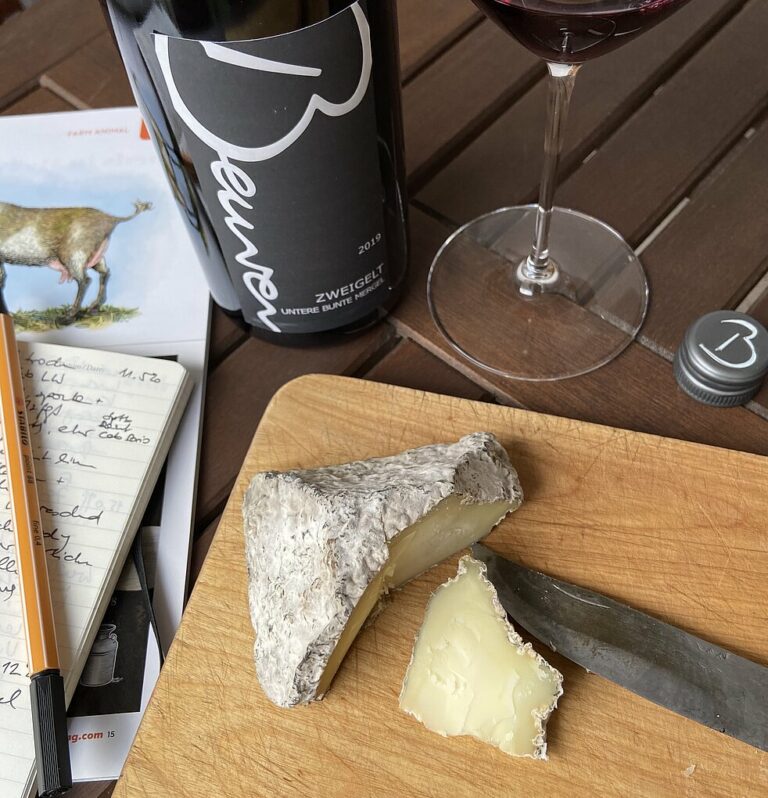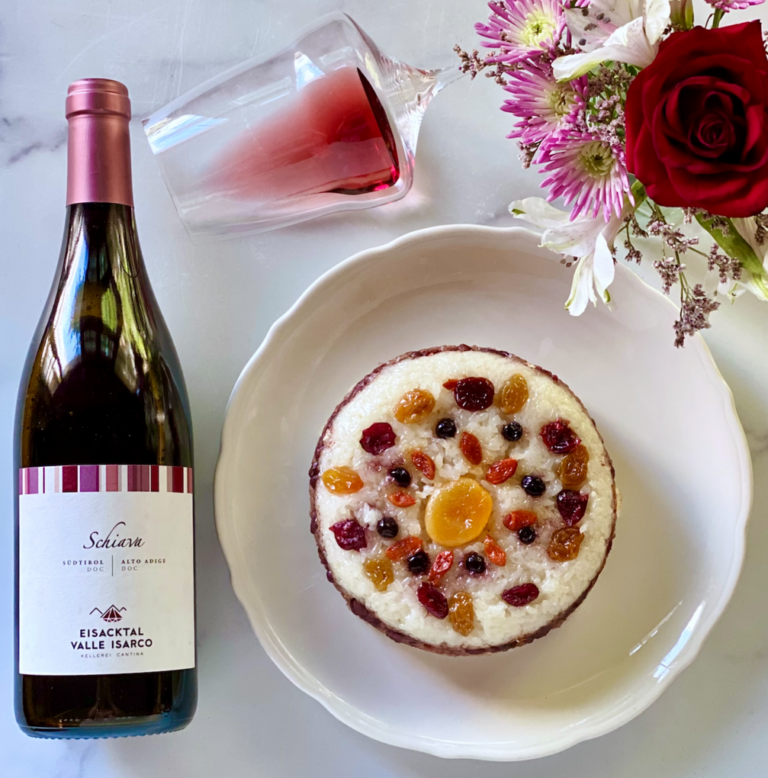Eat + TRINK | Weissburgunder meets “Schnitzel”

TRINK Magazine | Japanese Tonkatsu proves an ideal pairingwith 2018 Alto Adige’s Kettmeir Pinot Bianco.

TRINK Magazine | Japanese Tonkatsu proves an ideal pairingwith 2018 Alto Adige’s Kettmeir Pinot Bianco.
Born and raised in Taiwan, now based in NYC, Joyce Lin is a sommelier, writer, educator, and wine consultant, holding both CMS and WSET 3 certifications. Joyce’s interests in food and wine led her to create 酒意思Sip with Joyce, an omnichannel platform providing wine pairing ideas with daily meals, specializing in Asian cuisines. Joyce believes that through food and wine, people of diverse backgrounds can be unified and share the joy of life with each other.

Digging deep with six vintages of the mine-aged iconic Gewürtztraminer Epokale from Cantina Tramin.

Not long ago, in my merchant days, I scored a few cases of mature Mosel wines from a grower I didn’t know. It wasn’t much wine, the prices were attractive, and I was able to eke out a few bottles for my cellar, which can never have too many ready-to-drink Rieslings. They were 1982s and 1985s. I had a wine friend over and opened one of the bottles to begin the evening’s festivities. “Oh I do like old Riesling,” my friend said, “And isn’t it amazing how well even a Kabinett can age?” “It is indeed,” I said. “But this isn’t a…...

When Westphalia and Württemberg meet on the table good tastes are bound to happen.

Liora Levi, high-profile sommelier, television personality, and president of ASI Norwegian Sommelier Association, came late to wine. In its own odd way, that only bolsters her bona fides as a daughter of the north. The countries to the north of the umlaut region can generally be viewed as latecomers to the joys of wine, and white wine in particular. But times change, and opinion makers like Levi have now helped the Nordics become prime drivers of the Riesling Revolution. It is a boom time for whites under the northern lights. As Levi explains in an interview with TRINK, the delayed…...

Pinot Blanc is neither a distinctive cépage nor a particular grape variety – at least, not from the viewpoint of ampelography or genetics. And what there is of pure Pinot Blanc worldwide is nearly all rendered in German-speaking growing regions where it is typically known as Weissburgunder.

Lunar New Year (aka Spring Festival, or Guo Nian in Mandarin) is arguably the most important holiday for people of Chinese heritage — especially in Taiwan, where I grew up. It’s been my favorite since I was a kid. Now, living in Brooklyn, I recall that a few days before the New Year every household starts to “sweep the dust” to banish bad luck, erase unhelpful habits, and create positive new ones. On the day before New Year’s Eve (a holiday we call Little New Year’s Eve), we will take down the old Spring Festival couplets and replace them with fresh verses. On New…...
Enjoy unlimited access to TRINK! | Subscribe Today